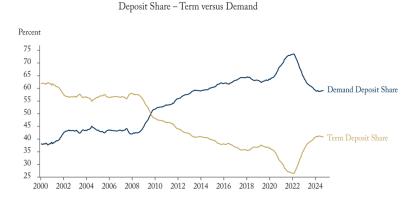.png)
In our recent report, Filling the Gaps: A Prescription for Universal Pharmacare, we calculate two estimates of the cost of providing prescription drug insurance to uninsured people.
One option for achieving universal prescription drug insurance coverage would be to create new public programs, similar to those currently available to seniors, children and low-income households, so that everyone in the province without private insurance is enrolled. Another option would be for provinces to institute a pharmacare program similar to the universal insurance model in Quebec – where enrollment in either public or private prescription drug insurance has been mandatory since 1997. Across provinces, implementing Quebec’s mandatory prescription drug insurance plan would cost about $2.2 billion combined in 2020, 60 percent less than the estimate of extending comprehensive coverage to all uninsured individuals.
The expense of expanding prescription drug insurance to cover people who do not currently have any insurance depends on the scope of current coverage. Provinces with more uninsured people would need to spend relatively more to close gaps in coverage. Similarly, if a province has an expansive formulary, extending coverage to the uninsured population costs more per beneficiary than in provinces with less inclusive coverage. To view estimates of the cost to fill gaps in prescription drug insurance by province, select the desired jurisdiction from the list above.




